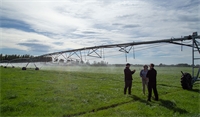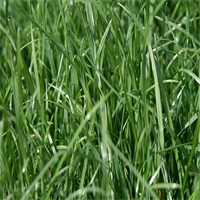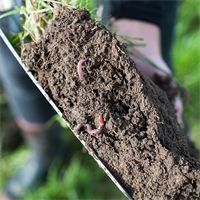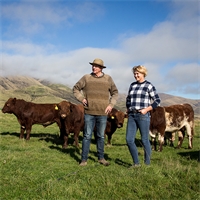30Nov
Pick the right brassica herbicide and get better crops and greater flexibility with crop rotations
THIS PROMOTIONAL FEATURE WAS PROVIDED BY CORTEVA AGRISCIENCE.
Most brassica crops will benefit from a herbicide while the crop emerges and establishes. Control of weeds during brassica establishment relies on choosing a suitable approach for your scenario (pre- or post-emergence programme) and then selecting herbicides that best fit the weed spectrum and crop rotation.
Post-emergence weed control programmes are all about spraying if and when weeds have emerged. Select a herbicide that best controls the key weeds present, with a manageable grazing withholding period and a plant-back suitable for the following crop. There are several post-emergence herbicides to choose from, each with their own weed spectrum. All of these herbicides have plant-backs that need to be considered for broadleaf pasture species like clover or other crops such as beet or lucerne.
Corteva Agriscience have developed Korvetto™, a unique post-emergence broadleaf herbicide, for scenarios where a wide weed spectrum and short plant-back are important. The plant-back for clover following application of Korvetto is just three months, while fodder beet, lucerne and many other crops is six months. An application of Korvetto to spring or early summer sown forage brassica should not pose any restrictions for typical rotations in pastoral farm systems. This is a key advantage over many existing post-emergence herbicide options which have longer plant-backs.
Korvetto controls many weeds commonly found in forage brassica. Arylex™ active and clopyralid combine to kill a broad spectrum of weeds including fathen, black nightshade, hairy nightshade, shepherd's purse, fumitory, thistles, yarrow, dandelion, narrow leaf plantain and many more.
Application timing is important as best results are achieved on weeds at the 2-4 leaf stage. Delaying application often leads to poor control of some harder-to-kill weeds, by which time they are already competing with the crop and will not be suppressed by canopy.
Poor plant populations or crop establishment e.g. due to unforeseen pest damage or adverse weather events, often leads to a poor canopy and exposes the crop to weed pressure throughout the growing season. These scenarios require careful assessment so talk to your Ruralco Representative as soon as possible for advice.
Walk brassica crops regularly and thoroughly to identify issues early for timely treatment. When assessing brassica crop for weeds, consider the opportunity to control pests which may be present or are building up in the crop. SpartaTM provides control of springtail, leaf miner, white butterfly caterpillar and diamondback moth while aphids can be controlled using TransformTM.
For more information, contact your Ruralco representative.
Related

This fifth-generation family has also been making an effort to ensure that if the sixth generation c...
Read More

As Canterbury irrigators settle in for one of the longest irrigation seasons ever, prospects for ele...
Read More

Following tough summer conditions, forage oats for fast grazing can be a get out of jail card for mo...
Read More

Another kind winter has had conditions similar to last year, but September and October weather can s...
Read More

A fertile soil with physical health issues can still perform poorly, so it could be time for a physi...
Read More

Driven by a passion for Merino wool and homegrown entrepreneurial approach, Simon and Kirsty William...
Read More